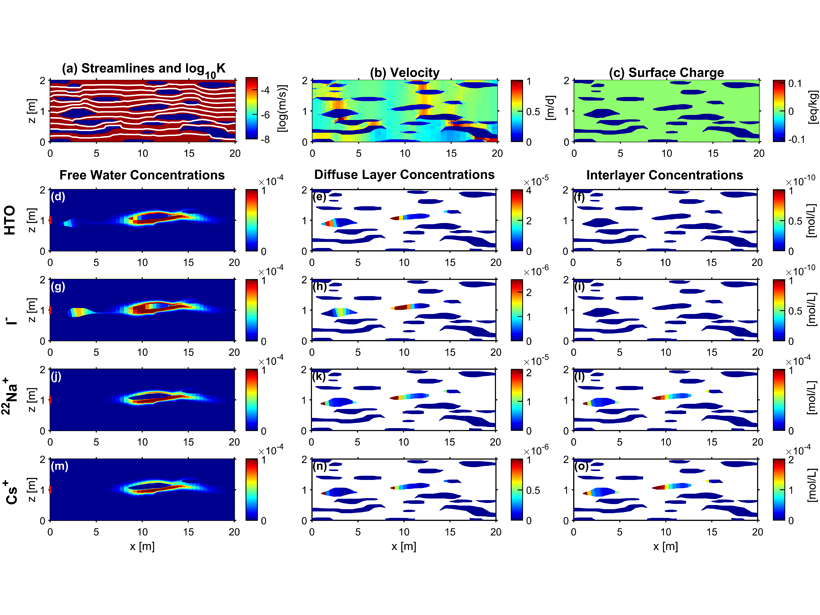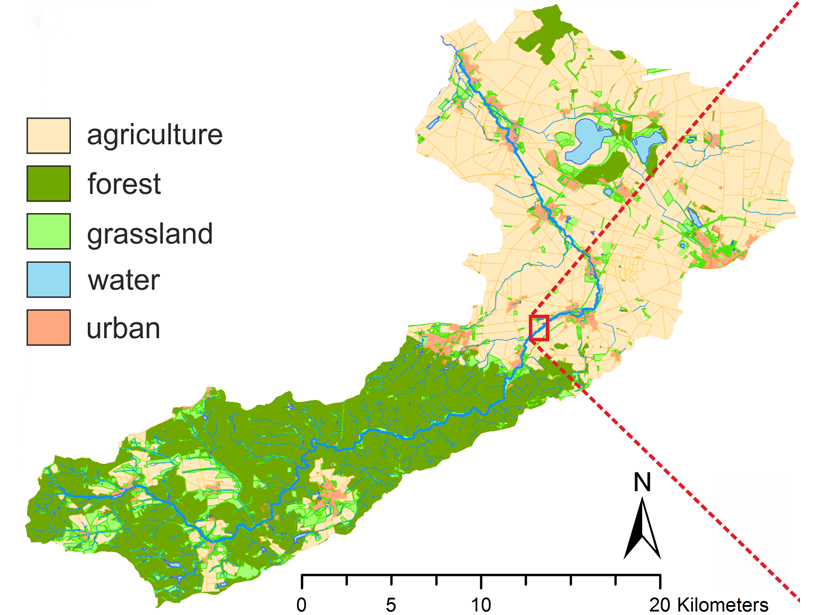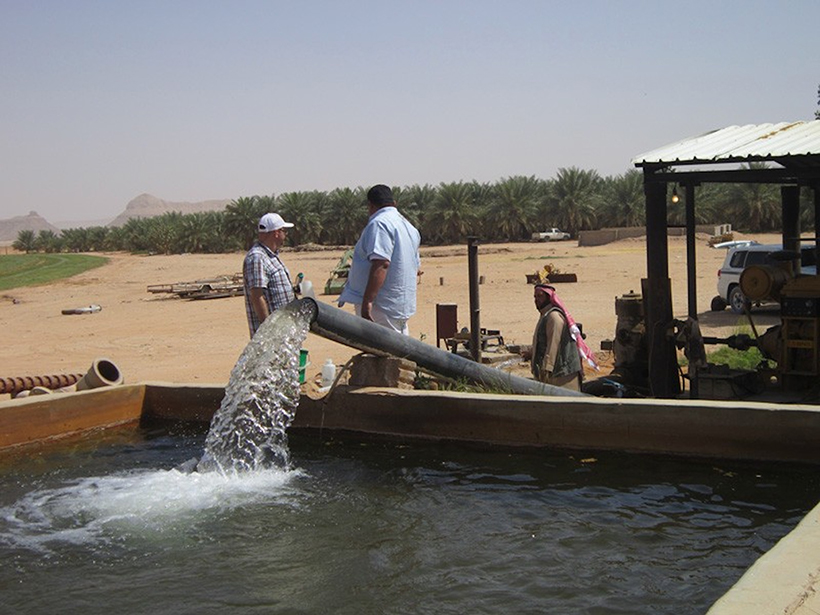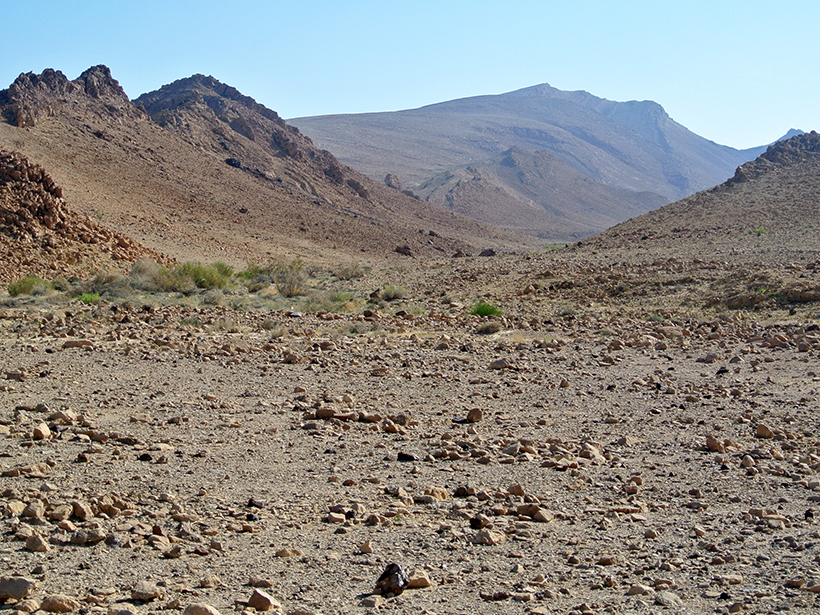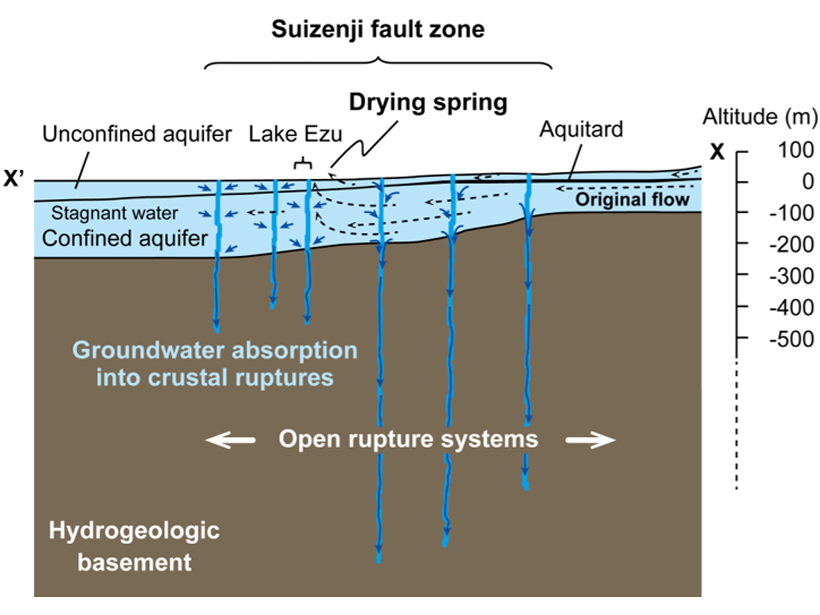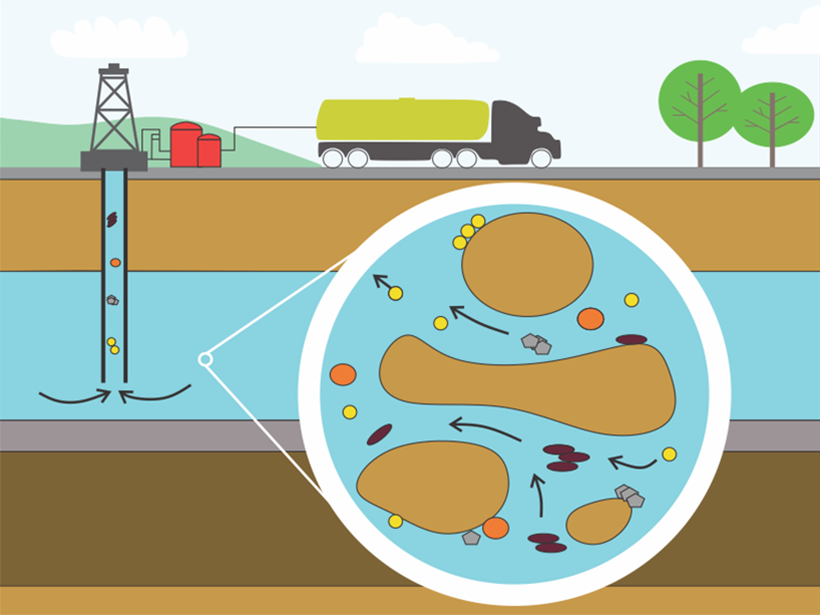Simulation of charged species reactive transport in complex physically and electrostatically heterogeneous porous media is possible with a multiple continua approach coupled to a geochemical code.
groundwater
Remotely Monitoring Groundwater Using Standard Techniques
Novel use of standard, single-station seismological techniques can be used to remotely monitor aquifer systems.
New Isotope Model Predicts Denitrification from Riparian Zones
A new model quantifies the relative contributions of denitrification and other processes of nitrogen uptake, such as by plants, from groundwater in riparian areas around streams.
Modeling How Groundwater Pumping Will Affect Aquatic Ecosystems
Regions with dry climates and heavy agricultural industries may be the most hard-hit.
Arid Arabian Peninsula Is Tapping into Vast Groundwater Reserves
A new, multipronged study sheds light on an ancient aquifer system.
The Dawning of the Age of Old Aquifers
A new technique using 81Kr can measure the age of old groundwater in arid regions. The method can be used as a proxy for past climates and weather patterns.
Groundwater Drawn Downward After Kumamoto Quake
A unique set of high-frequency groundwater level monitoring reveals a loss of approximately ten million cubic meters of groundwater after a major earthquake.
Earthquakes Shake Up Groundwater Systems
Increased permeability temporarily boosts water flow.
Widespread Contamination Found in Northwest India’s Groundwater
Naturally occurring contaminants and human-made pollution in drinking water supply may be harmful to human health.
Treating Colloids as Clusters Better Predicts Their Behavior
New research suggests that an accurate prediction of colloidal particle mobilization in the environment should account for the effect of clustering.

